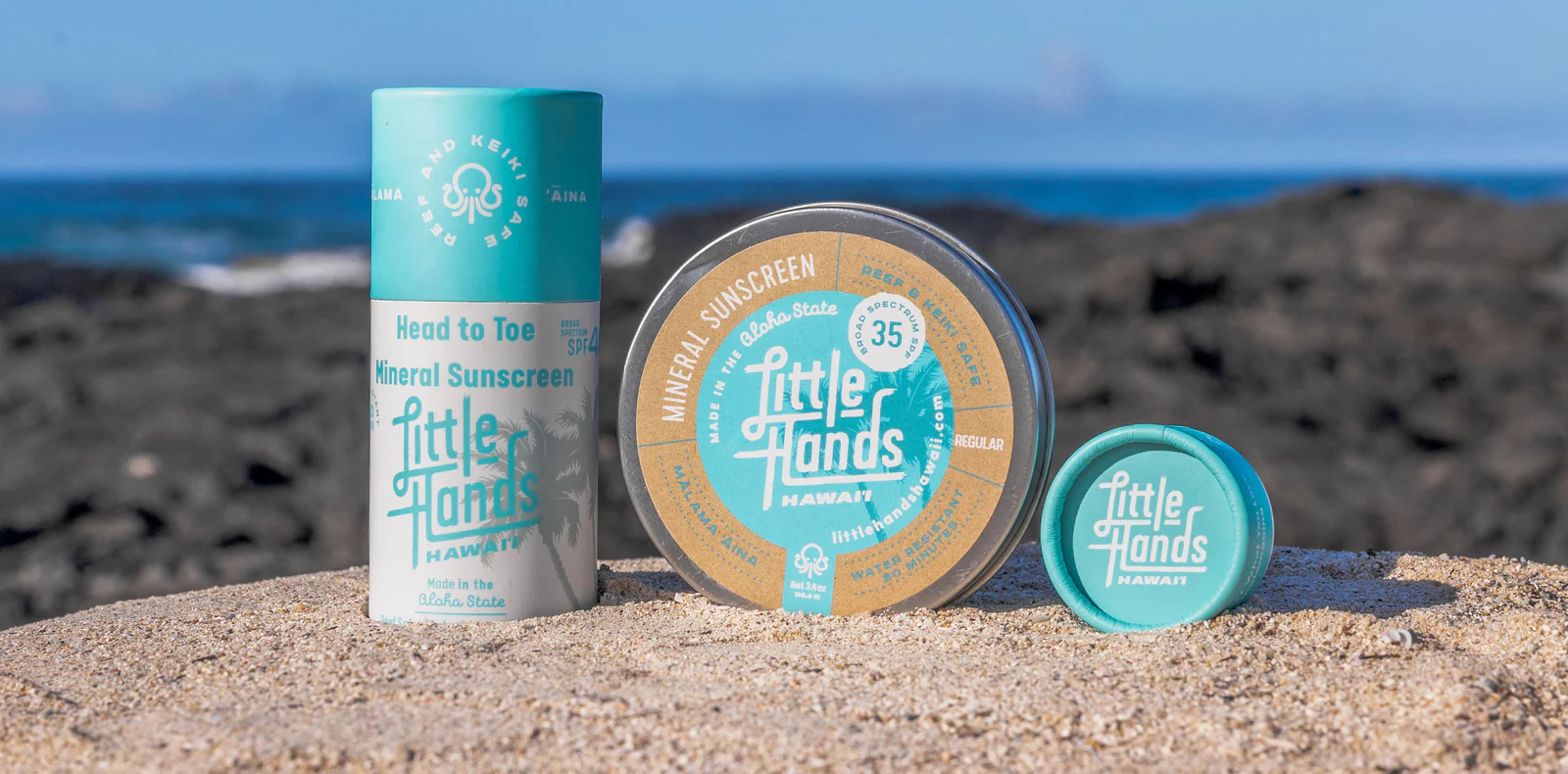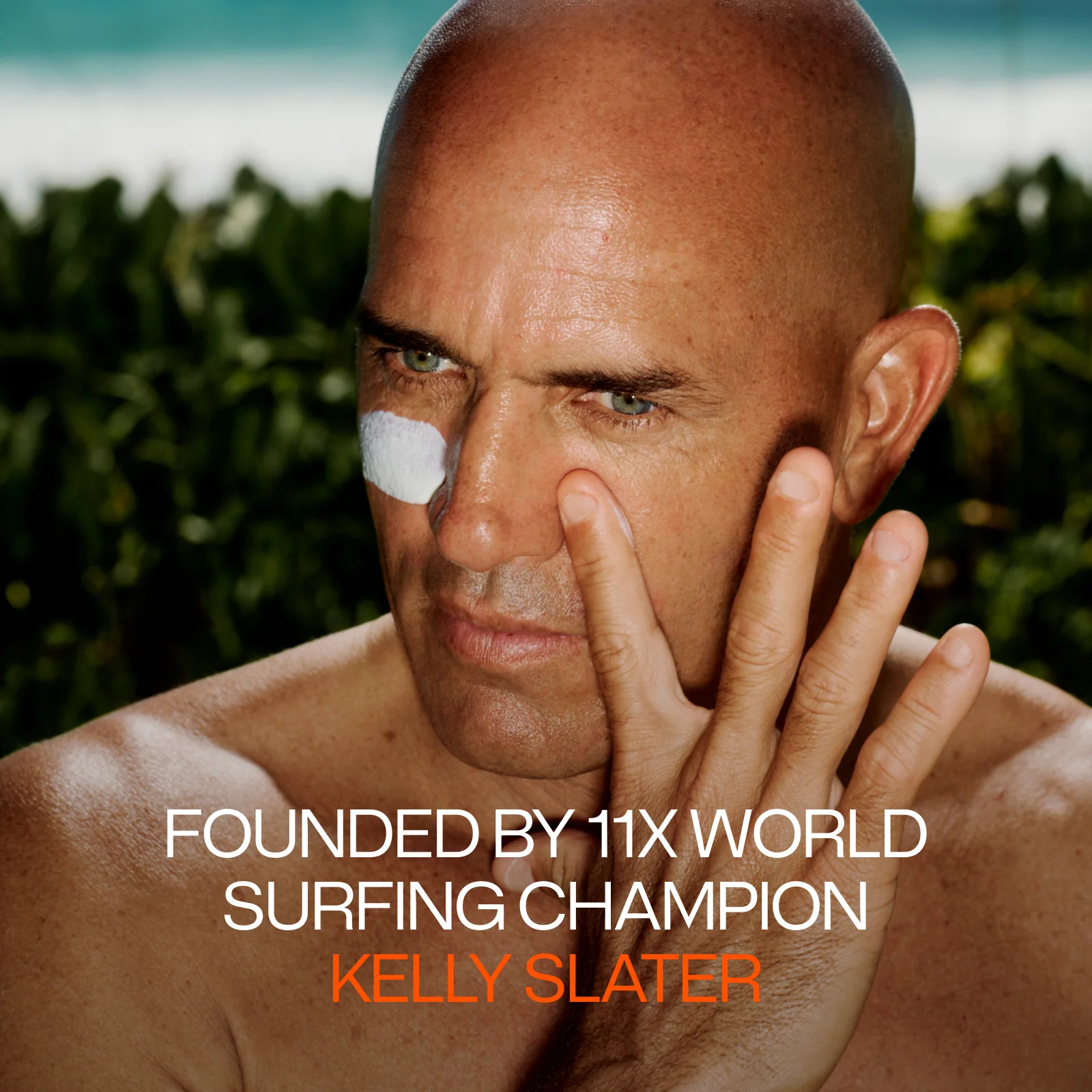The Ultimate Guide to Reef Safe Sunscreen: Protecting Your Skin and the Environment
- Hawaii Lifeguard Surf Instructors
- Feb 27
- 3 min read
Updated: Apr 3

Sunscreen: Skin Protection + Coral Reef Protection
Research indicates that applying sunblock twice can lower the risk of sunburn by 95%. Ensure it is formulated to endure water exposure. Opt for a high-SPF, reef-safe sunscreen.
Using reef-safe sunscreen is not just about protecting your skin—it's also about preserving Hawaii's beautiful marine ecosystems. Our coral reefs are home to a diverse array of marine life, and certain chemicals found in conventional sunscreens can cause significant harm to these delicate ecosystems.
How to Choose a Reef-Safe Sunscreen:
👍 Mineral-Based: The active ingredient should be zinc oxide or titanium dioxide.
🚫 Avoid sunscreen that has oxybenzone, avobenzone, octisalate, octocrylene, homosalate or octinoxate.
Non-Nano: This means the particles are large enough that the coral won’t absorb them.
Pharmaceutical-Grade: This means the zinc oxide and titanium dioxide are very pure and free from harmful heavy metals like lead, nickel, cobalt, and aluminum.
Broad-Spectrum Protection: Ensure your sunscreen offers broad-spectrum protection against both UVA and UVB rays.
Designed for Watersports: Choose a sunscreen formulated for watersports, providing durable water-resistant protection.
⏩ Top Rule: Avoid trusting labels. Marketers often use misleading terms like "Reef Friendly," assuming you won't examine the ingredient list on the back.
Application Tips:
Apply generously and evenly to all exposed skin at least 20 minutes before sun exposure or swimming/ surfing to allow for full absorption. -aad.org
Reapply every two hours, or more often if you're swimming or sweating.
Don’t forget those easily missed areas like the tops of your feet, ears, and the back of your neck.
For Your Face: Use a zinc stick or specialized face sunscreen for focused, long-lasting protection.
For Your Lips: To protect your lips, apply a lip balm with an SPF of at least 30.
🪸 By making the switch to reef-safe sunscreen, you’ll be safeguarding your skin while also playing a part in protecting Hawaii's stunning underwater world.

🚫⚠️ Oxybenzone
– A chemical that absorbs UV light– Found in 80% of commercial sunscreens
– Also used as a photostabilizer in nail polish, fragrances, hair spray, and cosmetics
– Causes endocrine disruption, DNA damage and death of young coral
"Certain chemicals in sunscreens have been linked to coral disease, coral bleaching, and stunted coral growth. When you consider that an estimated 4,000 – 6,000 tons of sunscreen are deposited in reef areas each year, it’s no wonder that all these chemicals are wreaking environmental havoc." -bereefsafe.com/sunscreen-101/
Check the label! Make sure your sunscreen does not contain the following harmful substances on the "HEL list":
Oxybenzone
Octinoxate
Octocrylene
Homosalate
4-methylbenzylidene camphor
PABA
Parabens
Triclosan
Any nanoparticles or “nano-sized” zinc or titanium (if it doesn’t explicitly say “micro-sized” or “non-nano” and it can rub in, it’s probably nano-sized)
Any form of microplastic, such as “exfoliating beads”
*List provided by: savethereef.org


Using reef-safe sunscreen in Hawaii isn't just a good practice—it's a crucial step in protecting the vibrant marine ecosystems that make these islands so special. Traditional sunscreens often contain harmful chemicals like oxybenzone and octinoxate, which can cause coral bleaching and harm marine life.
Imagine the millions of tourists visiting Hawaii's beaches each year; the cumulative impact of these chemicals can be devastating. By choosing reef-safe sunscreens, which are free from these harmful substances, you help ensure that the colorful coral reefs and diverse marine life can thrive for generations to come.
But that's not all—what's good for the reef is also good for you! Reef-safe sunscreens are often made with healthier, non-toxic ingredients that are gentle on your skin. So, by protecting the reefs, you're also protecting yourself.
Thank you for doing your part in safeguarding Hawaii's natural treasures for future generations. Every small action counts, and together, we can make a big difference!
MADE IN HAWAII: Little Hands Sunscreen not only respects the ocean but it perpetuates Hawai’i values for your entire Ohana
MAUI MADE: Kokua Sun Care- The revolution in REEF SAFE water resistant zinc sunscreen
"Legendary surfer Kelly Slater launched Freaks of Nature this year, and the zinc oxide sunscreen is one of the best we've tested"- https://freaksofnature.com/







Comments